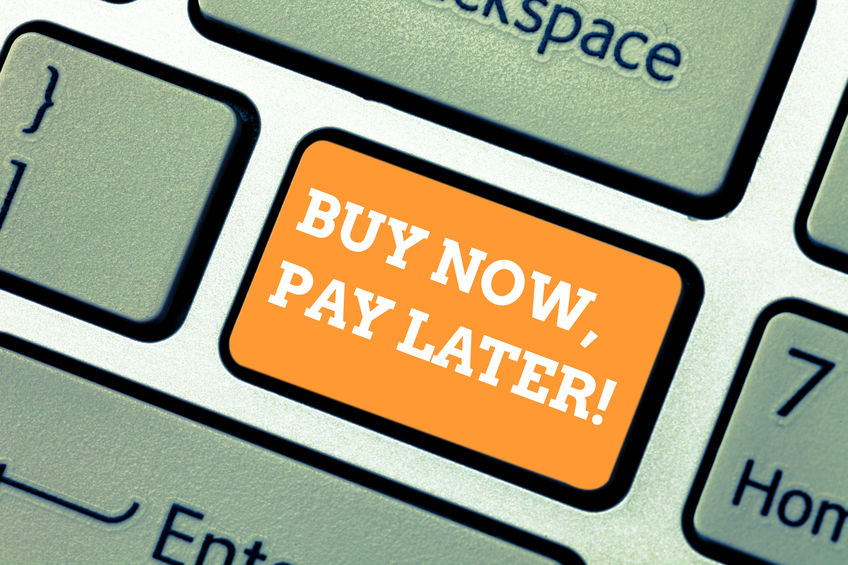BNPL Survey says 25% of Customers are “Financially Vulnerable”
 The Financial Health Network, an organization that attempts to quantify the nation’s financial health, recently released the results of their first truly nationally representative survey titled Buy Now, Pay Later: Implications for Financial Health. The survey seeks to understand who uses Buy Now Pay Later (BNPL) and their experiences with the service, and touched on what kind of financial habits are coming about for those BNPL use.
The Financial Health Network, an organization that attempts to quantify the nation’s financial health, recently released the results of their first truly nationally representative survey titled Buy Now, Pay Later: Implications for Financial Health. The survey seeks to understand who uses Buy Now Pay Later (BNPL) and their experiences with the service, and touched on what kind of financial habits are coming about for those BNPL use.
“Buy Now Pay Later could be a mixed bag for consumers–on the one hand it provides a convenient and low-cost way for consumers to finance purchases, but there are customers who are using BNPL to make purchases they would not otherwise make,” said Meghan Greene, director of research at Financial Health Network.
According to the release, the data found that roughly one in four users of BNPL are financially vulnerable. Out of this group, a quarter of BNPL users reported struggling to make payments. With this, the survey later mentions that 92% of users reported no difficulty making payments, and 99% stated that they understood the terms and conditions of the product.
“It’s still too early to know the full impact of BNPL on the financial health of consumers, but we do see potential warning signs in the number of consumers,” Greene said. “Particularly those who are already financially vulnerable, who report struggling to make repayments.”
Out of those surveyed, 47% said they would not have made a purchase or spent more than they otherwise would have spent had BNPL not been available. With this being said, it seems that BNPL executives are getting exactly what their product is marketed to retailers to do.
There are many types of plans using the BNPL label ranging from plans which divide payments into four installments with no interest charge (“pay in four”) to longer-term installment loans. Companies like Ikea, Walmart, Urban Outfitters, and thousands of other global businesses have gotten into offering these financial products.
Other interesting finding from the survey are below-
–Short-term BNPL users reported owing an average balance of $330.
–10% of households report having used BNPL in the 12 months prior to November 2021, a significant deviation from other published estimates. Of these, 70% report using a short-term, no-interest BNPL plan.
–Younger and less financially healthy households are more likely to use BNPL. Financially Vulnerable households, as measured using the Financial Health Network’s innovative FinHealth Score(R), are nearly four times more likely to use BNPL than Financially Healthy households (18% vs. 5%). In fact, almost one-quarter (24%) of BNPL users are Financially Vulnerable.
–Despite the recent emergence of BNPL in the United States, almost half (46%) of users had used BNPL three or more times in the previous 12 months, as of November 2021.
–Total U.S. consumer spending on interest and fees from BNPL in 2021 is estimated at less than $1 billion, a small fraction of the estimated $95 billion spent on revolving credit card balances.
–Over 20% of BNPL users do not have or do not use credit cards (roughly the same as non-users).
–More than 40% report having subprime credit scores.
–One in three users of BNPL report that they would not have made the purchase if BNPL were not available. Among Financially Vulnerable BNPL users, over 60% said they would not have made the purchase without BNPL.
Last modified: April 3, 2022






























